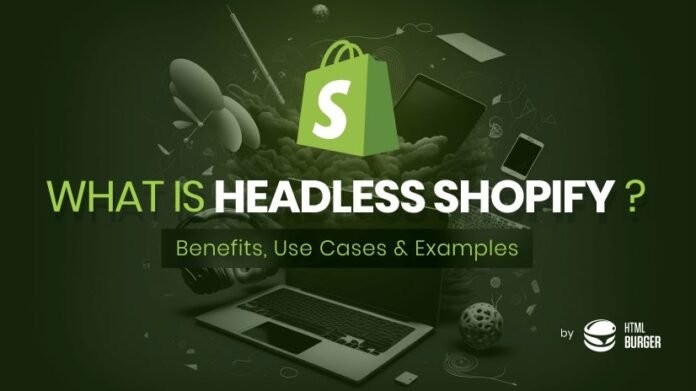In the rapidly evolving digital marketplace, the agility offered by headless commerce architectures is becoming increasingly essential. Shopify, a leading e-commerce platform, has embraced this trend, offering developers the tools to create headless e-commerce solutions. This guide is designed to walk you through the essentials of mastering Headless Shopify development, ensuring your e-commerce projects are not just keeping pace but setting the pace in online retail.
Introduction to Headless Commerce
Headless commerce separates the frontend presentation layer of a website from the backend e-commerce functionality. This decoupling provides unparalleled flexibility, allowing developers to use their preferred frontend tools (like React, Vue.js, or Angular) to deliver unique shopping experiences without being constrained by the backend technology.
Why Choose Headless Shopify?
Shopify has recognized the potential of headless commerce and has robust APIs in place to support this architecture. We’ll discuss the benefits of going headless with Shopify, focusing on speed, flexibility, and customization.
Getting Started with Headless Shopify
Setting Up Your Shopify Account
Before diving into the headless setup, you’ll need a Shopify account. We’ll guide you through selecting the right plan and configuring your account for headless development.
Understanding Shopify’s APIs
Shopify offers a range of APIs, including the Storefront API, Admin API, and various others. Understanding these APIs is crucial for successful headless development. We’ll provide an overview of these APIs and how you can use them to build a custom storefront.
Building Your Headless Storefront
Selecting the Right Technology Stack
Choosing the right technologies for your frontend is critical. We’ll explore popular options and considerations to keep in mind when making your selection.
Developing the Frontend
Here, we’ll discuss best practices for developing your headless storefront, from structuring your project to optimizing for performance and SEO.
Integrating Shopify’s APIs
This section will cover practical examples of integrating Shopify’s Storefront API to fetch product information, handle customer data, and process orders.
Advanced Features and Customizations
Shopify’s flexibility allows for the implementation of advanced features and customizations. We’ll talk about creating personalized shopping experiences, internationalizing your store, and leveraging Shopify Apps and third-party services.
Troubleshooting and Optimizing Performance
No development process is without its challenges. We’ll provide tips for troubleshooting common issues encountered when working with Headless Shopify and strategies for optimizing the performance of your online store.
Conclusion and Next Steps
Mastering Headless Shopify opens up a world of possibilities for creating unique and engaging e-commerce experiences. We’ll conclude with insights on staying up to date with Shopify developments and further resources to hone your skills.


